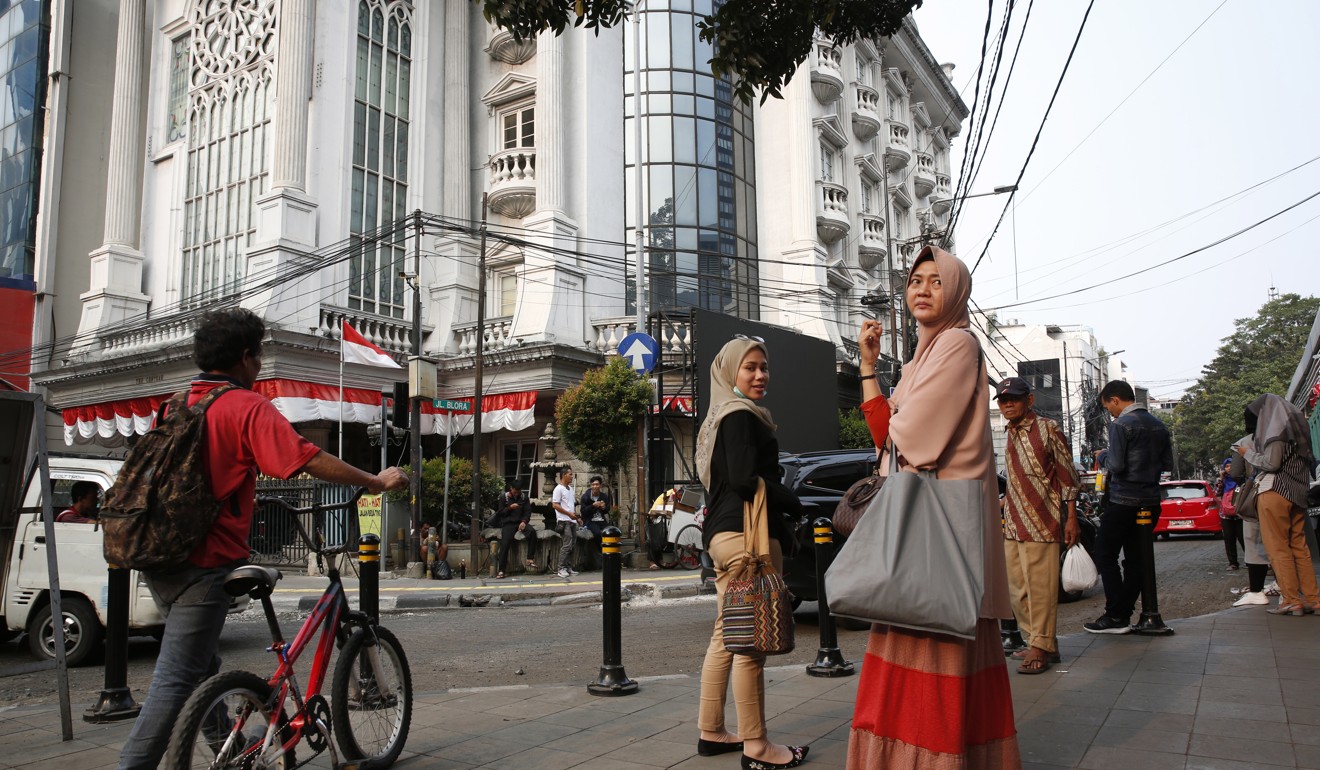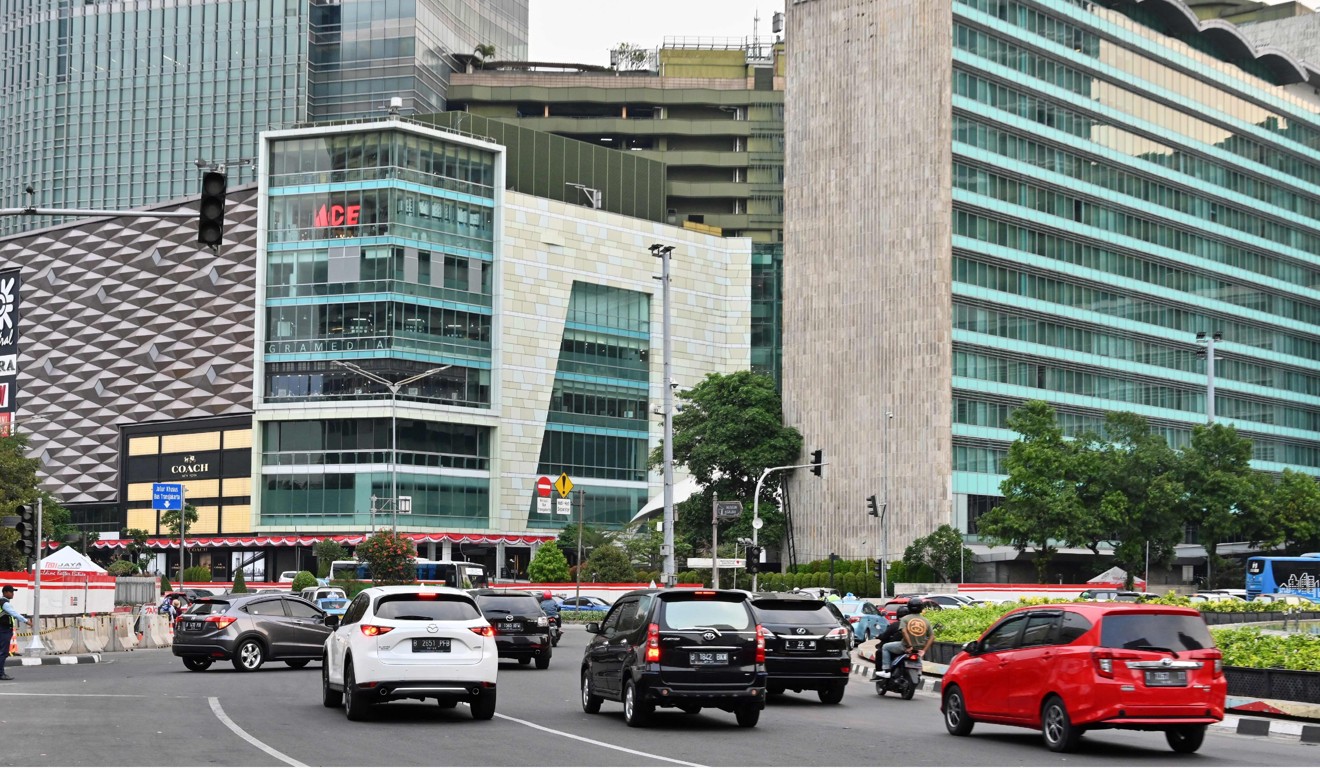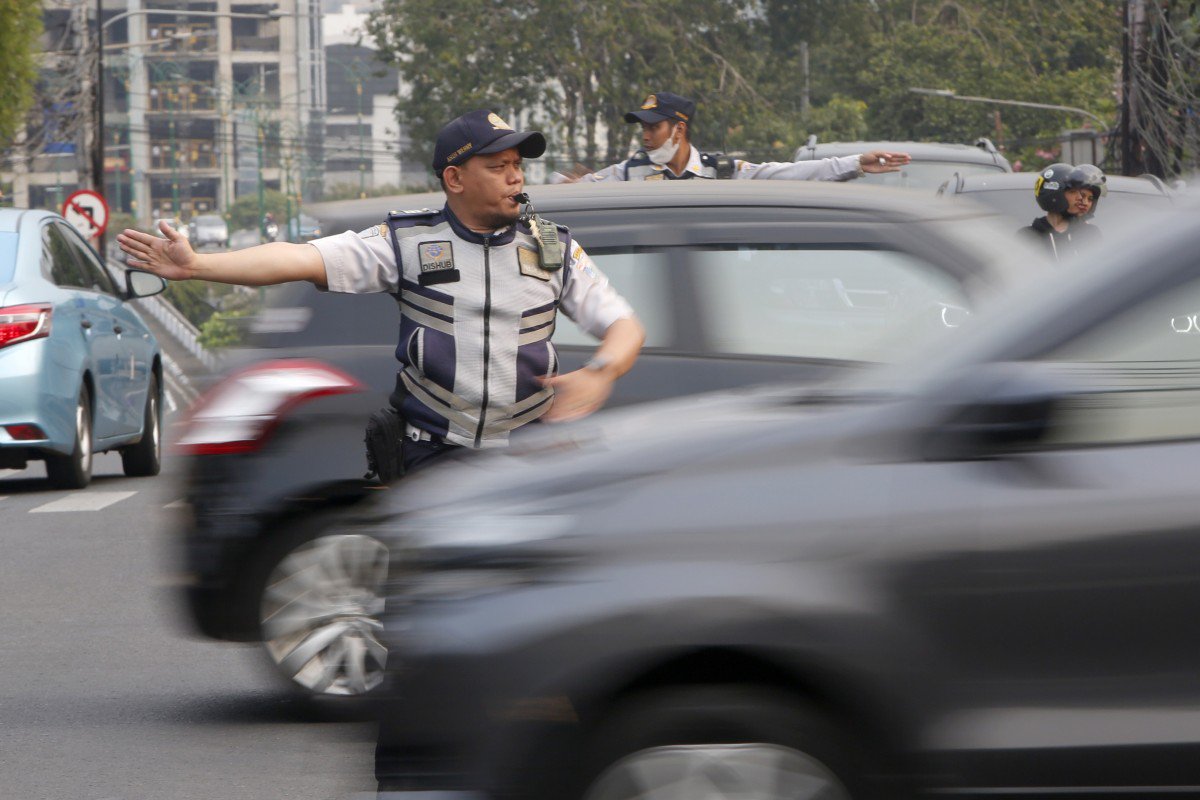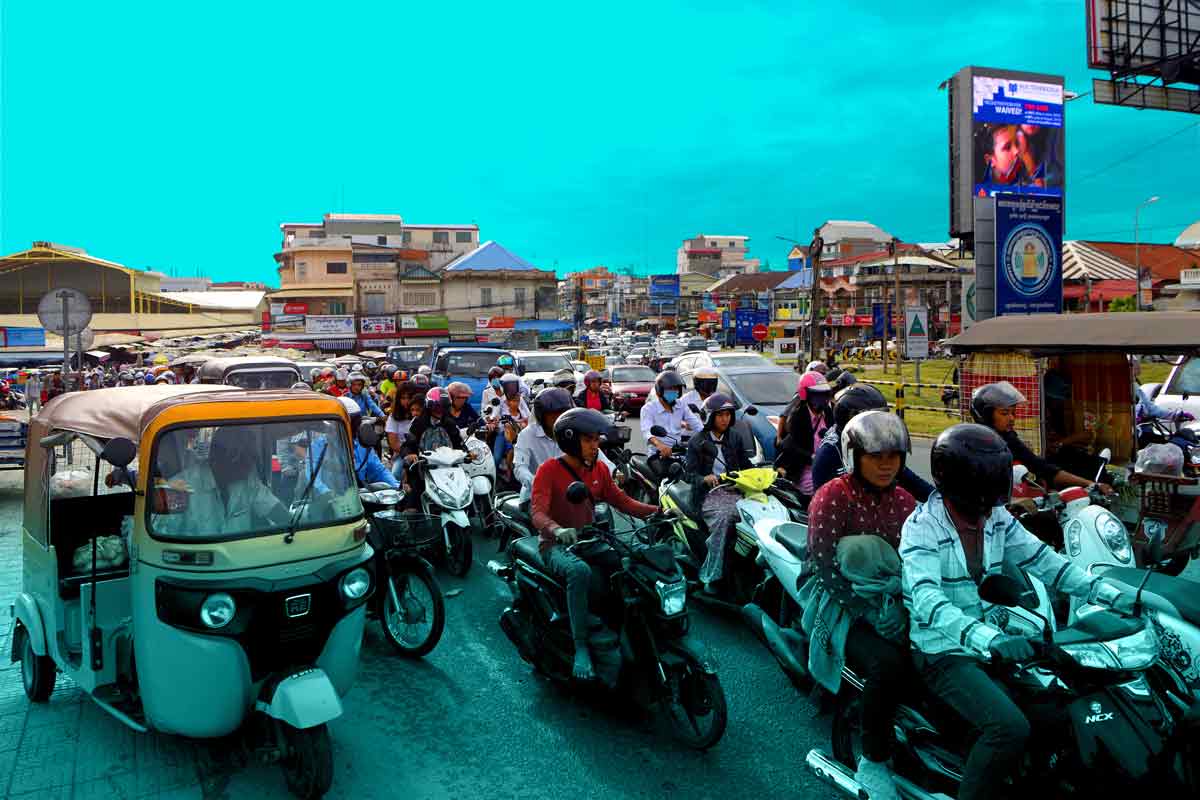SINGAPORE – As one of the regions with the highest number of coal plants in the pipeline, South-east Asia must work to quickly end its reliance on fossil fuels, with the goal of phasing out all coal plants from 2020, the United Nations (UN) urged on Friday (Aug 2).
Speaking to journalists via a teleconference, Mr Luis Alfonso de Alba, Special Envoy of the UN Secretary-General for an upcoming climate summit, also appealed to nations in the bloc to stop subsidising fossil fuels.
“This is particularly relevant for a region where emissions continue to grow,” he said.
South-east Asia is the region with the third-highest number of coal plants in the pipeline, after China and India, added Ms Rachel Kyte, Special Representative of the UN Secretary-General and chief executive for independent energy organisation Sustainable Energy For All.
The UN representatives were speaking to journalists ahead of a Climate Action Summit to be held on Sept 23 in New York.
The summit will bring together governments from around 200 countries, the private sector, civil society, local authorities and other international organisations.
Convened by UN Secretary-General Antonio Guterres, the meeting is meant to spur greater climate action among nations by encouraging them to ratchet up their climate pledges made under the Paris Agreement, which aims to limit global warming to well under 2 deg C above pre-industrial levels.
Emissions from the burning of fossil fuels for energy are contributing to this warming.
The combustion of extractive fuels, like coal and natural gas release gases, such as carbon dioxide into the atmosphere, where they act like a blanket in trapping heat.
This causes weather patterns to change and increases the likelihood of extreme weather events.
“The climate emergency is quite evident to all of us,” said Mr de Alba, pointing to recent heatwaves experienced in the months of June and July.
Data from the World Meteorological Organisation and its climate centre showed that the month of July at least equalled, if not surpassed, the hottest month in recorded history. This follows the hottest June ever.
Coal, in particular, is considered the dirtiest form of fossil fuel. Its combustion not only releases heat-trapping gases into the air, but also contributes to pollution which could impact the health of people living nearby.
Yet, it has been the energy source of choice for many developing nations because it is considered cheap.
But on Friday, the UN representatives cautioned against this rhetoric, pointing to the emergence of new technologies and the decline in coal investments from financial institutions as ways in which coal may not be financially viable anymore.
They also urged governments to consider externalities to using coal that may not be factored into economic analyses, such as how pollution could impact human health.
What is needed next, Ms Kyte added, is for a boost in investments in clean energy. As she put it: “The spigot is beginning to turn off for investments in coal. But we can’t turn it off unless we turn on the tap for investments in renewable energy.”
Singapore is powered mainly by natural gas, which is a cleaner form of energy but still a fossil fuel nonetheless.
However, the Singapore Government is investing heavily in solar energy, and is trialling the installation of solar panels on water bodies to overcome space constraints.
Environmental concerns aside, renewable energy would also be more effective in providing access to energy for rural communities often isolated by geography, said Ms Kyte.
In archipelagos in the Philippines for example, rural communities located farther away from big cities could gain access to energy via renewable energy sources instead of centrally controlled coal plants.
“This is a more reliable way of providing those communities with the kind of energy they need to participate constructively within the economy. Productive use of energy is not just having enough to power a lamp, but having enough energy to support a small business,” said Ms Kyte.
At a separate briefing on Friday, Mr Guterres reiterated his call for nations to attend the September summit with bolder climate action plans.
He said: “I am telling leaders don’t come to the summit with beautiful speeches. Come with concrete plans – clear steps to enhance nationally determined contributions by 2020 – and strategies for carbon neutrality by 2050.”
Asked if Singapore intends to scale up its climate pledge, a spokesman from the National Climate Change Secretariat (NCCS) referred to the commitment the Republic had made under the Paris Agreement.
Under its 2030 Nationally Determined Contribution (NDC) – the technical name for climate targets set by each country under the Agreement – Singapore pledged to become greener economically and reduce the amount of greenhouse gases emitted to achieve each dollar of gross domestic product by 36 per cent from 2005 levels, come 2030. It also pledged to stop any further increases to its greenhouse gas emissions by the same timeline.
“This is an ambitious target for Singapore given our constraints in accessing alternative energy options such as geothermal, wind or hydroelectric power,” said the NCCS spokesman.
But Singapore is also developing a low emissions strategy for the longer-term, and a public consultation is currently ongoing. “We will review and update our 2030 NDC as part of this process,” she added.











